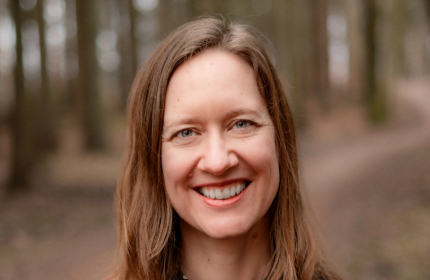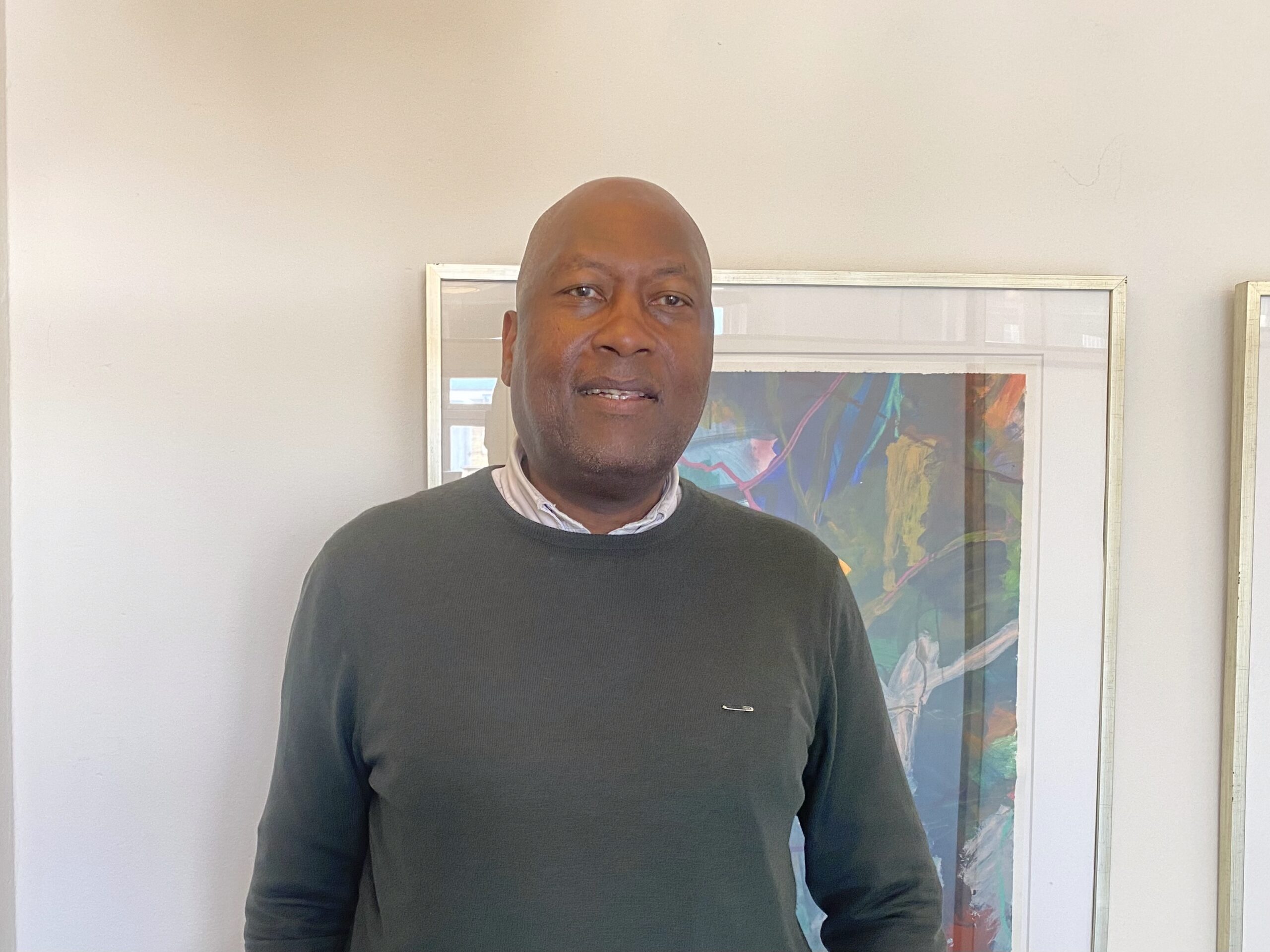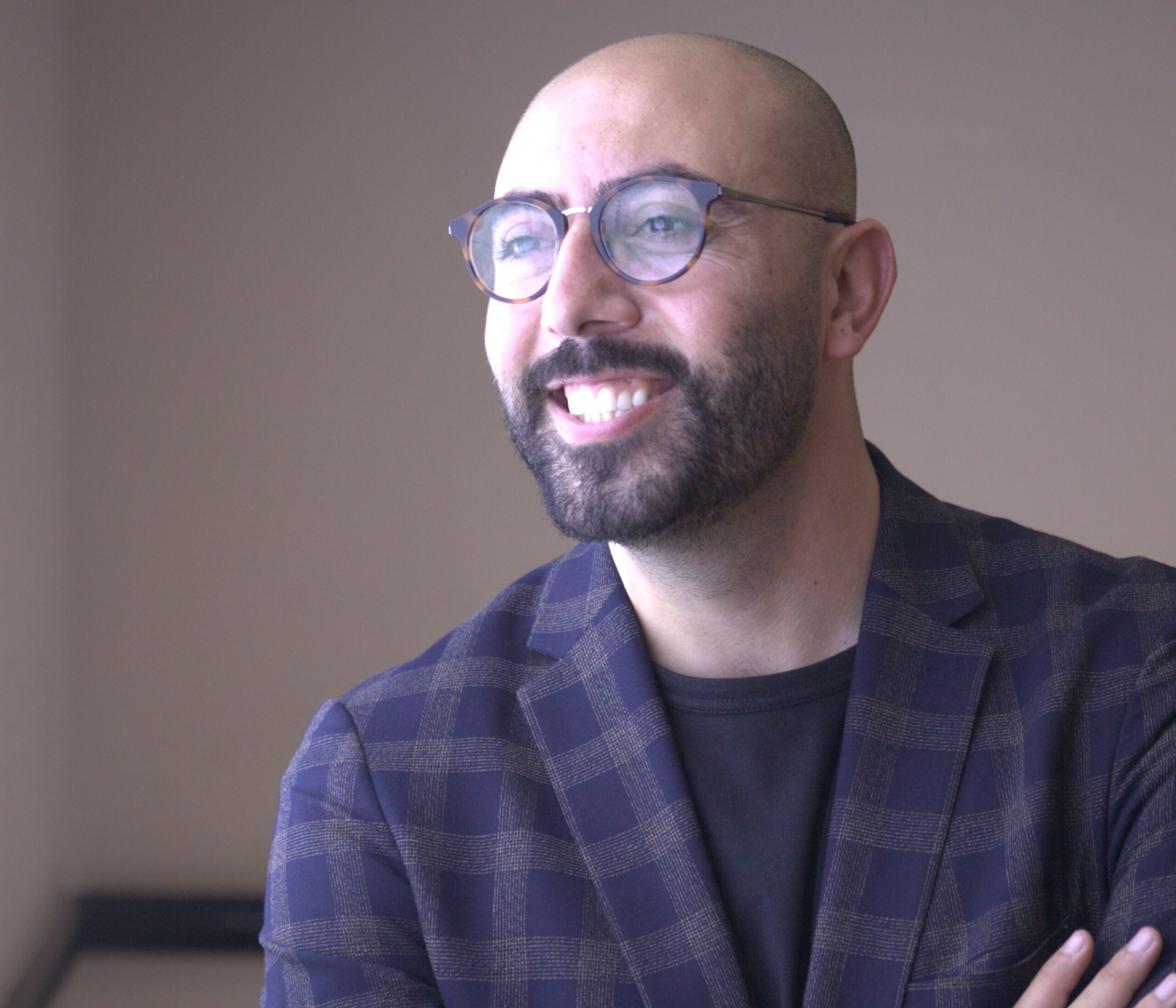As we find ourselves gearing up for another international film awards season, we examine the sizeable contribution to cinema history made by Danish production house and distributor Nordisk Film. Situated in Copenhagen’s district of Valby, the studios have remained the company’s central hub for over a century.
Their overseas influence has at times extended to international offices held in London, New York, Berlin and beyond. An unbroken record of production now means that they carry the enviable status of being the oldest film studio in the world. Of course, it wasn’t always plain sailing …
In December 1895, the Lumiere brothers famously premiered their first films in Paris. Six months later in June 1896, several films arrived on Danish shores. They are widely believed to have been short films from England (silent, of course). Some years later, Ole Olsen opened the Biograf Teater. Olsen was a self-made entrepreneur from humble beginnings.
Golden age
When in 1906 he started what was then called ‘Nordisk Films Kompagni’, it was initially to ensure he had something to exhibit in his theatre. In that first year, an allotment in Valby was acquired and it was decided that a polar bear sitting on top the globe should represent the company. The iconic logo remains to this day. In that same year the first short film was produced, ‘Pigeons & Seagulls’, a two-minute reportage. Many more were to follow and the company was an instant success, ushering in what is referred to as the golden age of Danish cinema.
In 1910, Viborg-based Fotorama, a direct competitor of Nordisk, released the first Danish multi-reel film, ‘The White Slave Trade’, to great box office acclaim. Olsen was quick to respond with his own version, essentially the first remake (Fotorama threatened legal action and they settled out of court), kickstarting a global trend for longer films with melodramatic subject matter – often with some mild form of sexual interest.
Nordisk fared brilliantly with the release of their film soon after (also directed by Blom), ‘At the Prison Gates’, which was their first production to star Valdemar Psilander, who went on to make a staggering 83 films for Nordisk in just six years. Due to the universal nature of silent cinema, his popularity was global. He was largely responsible for a huge increase in international sales and cemented Nordisk Film’s status as a major player with branches, affiliates and theatres the world over. Despite his success, however, Psilander killed himself in 1917, aged just 32.
Banned films
By the First World War, 98 percent of the company’s revenue was dependant on international sales. Distribution throughout Europe became ever more complicated, and while Denmark remained neutral, a great slice of Nordisk’s pie was coming in from Germany. The authorities there had banned films made by the countries they were fighting against – such as England and France, and later the US – and so there was an opening, which Olsen was quick to exploit. By 1917, Olsen had almost 40 cinemas in Germany, plus a production house.
However, when Germany decided to nationalise its cinema, Olsen was pressured into relinquishing all German interests to the German studio UFA. His North American branch soon closed and the Russian market had been lost. Nordisk Film suffered as many abandoned the studio, including in 1922 Olsen himself.
New management came in and chose to concentrate on higher quality pictures, with a smaller output. Throughout the 1920s, Nordisk Film produced big budget adaptations of Charles Dickens’s novels and the like, nurturing many new talents. Among them was the great director Carl Theodor Dreyer who later left the company, finding recognition in France with his masterwork of the silent era, ‘The Passion Of Joan of Arc’. Although this period was artistically fruitful for Nordisk Film, they struggled to find their audience and in 1928 Nordisk Film filed for bankruptcy.
Fortunately, Nordisk was kept afloat by Carl Bauder, a wealthy stockbroker who took a majority share in the company. Sensationally he also won a lucrative patent for ‘noiseless’ sound projection that saw all the major American studios pay him to use the new technology as ‘talkies’ took over.
Language unappealing
In 1931, Nordisk produced the first Danish language talkie: a classic crime drama called ‘Vicar of Vejlby’. However the arrival of spoken dialogue robbed Danish cinema of its international appeal, as cinema became increasingly provincial. In the wake of sound technology, tastes were such that all-singing, all-dancing folk comedies were gaining popularity. At the same time, on the fringes of this artifice and farce, the documentary began to find new form – and quietly blossom.
Denmark’s occupation by the Nazi regime saw the national cinema take a darker, more melancholic tone. In 1944 the studios in Valby suffered considerable damage when Nazis bombed them in an act of ‘counter sabotage’. Thereafter, the demand for light, escapist folk comedies only increased. It was with the appointment of Erik Balling as managing director in 1957 – who was not only Oscar-nominated for ‘Qivtoq’, but also made the first Danish colour film, ‘Kispus’ – that things began to look promising again for Nordisk Film.
In the 1960s, television presented a great challenge for cinema everywhere. There were pockets of Danish resistance in the form of experimental and avantgarde filmmaking, but Balling’s response was bold: to partner Nordisk Film with broadcaster DR and produce films for television. This eventually led to the legendary series ‘Matador’, which Balling also directed.
On the rise
Nordisk Film and Danish cinema as a whole became revitalised in the early 1980s, with the arrival of ‘youth cinema’, of which Billie August’s films ‘Zappa’ and ‘Brewster’s World’ are good examples. This period also saw the re-emergence of Danish avant-garde. From seeds sown by the likes of Jorgen Leth and Jytte Rex before him, Lars von Trier sprang forth with the release of his critically-acclaimed ‘Element Of Crime’ (1984). Once again gaining widespread recognition, Nordisk Film was positioning itself at the centre of the international stage.
It is undoubtedly this unique ability to constantly shed skin, to reinvent itself, to absorb blows and to respond to the changing times that has seen Nordisk Film endure. With corporate partner Egmont and initiatives such as Nordisk Film Interactive, it will probably do so for another century to come.
For parties of ten or more, Nordisk Film operates reasonably priced tours of their Valby studios in English, French or German.













